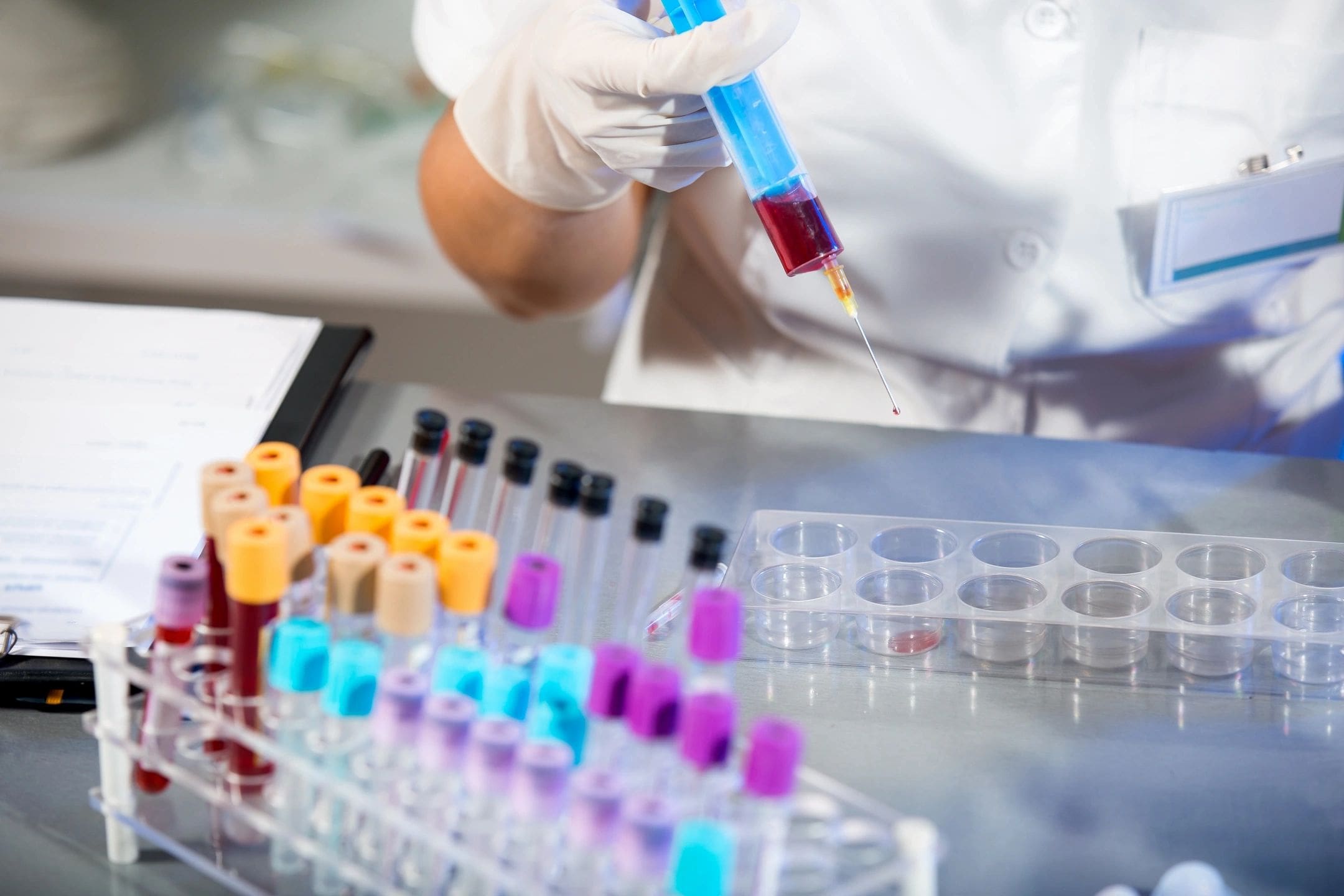
Repurposing Antifibrotic Medicines
Advancing Biologics to Treat Pulmonary Fibrosis
Client Overview: A mid-stage biotech company approached GOTBio to reposition their existing antifibrotic biologic. Their goal was to develop a comprehensive understanding of idiopathic pulmonary fibrosis (IPF), focusing on gene expression and the cellular landscape using cutting-edge multiomics technologies. They aimed to gain insights into potential therapeutic targets and validate their biologic’s efficacy in relevant disease models.
Challenges: The client lacked a deep understanding of the gene expression changes and cellular alterations characteristic of IPF. Additionally, they needed a reliable preclinical model to test their therapeutic assumptions, particularly related to collagen deposition and fibrosis, key components of the disease.
GOTBio’s Approach:
- Database Integration: GOTBio compiled an extensive collection of human IPF databases, including a robust scRNA-seq lung atlas and spatial transcriptomics databases specific to IPF. This provided a comprehensive repository of genetic and cellular data, facilitating in-depth analysis of both healthy and diseased tissues.
- Multiomics Analysis: GOTBio employed a multiomics strategy using scRNAseq, scATACseq, RNAseq, and spatial transcriptomics to dissect the gene expression changes and identify relevant cellular alterations in IPF. This provided an in-depth understanding of fibroblast cell subsets, transcription factor networks, cell-cell communication pathways, and spatial organization of the unique fibroblast subsets likely impacted by the biologic.
- Target Identification: The analysis pinpointed novel fibroblast cells, their cell-cell communication networks, and their spatial location affected by the disease. GOTBio identified specific transcription factors, signaling pathways, and biomarkers that could be modulated by the client’s therapeutic agent, providing a clearer path forward for its application in IPF.
- Preclinical Strategy: GOTBio employed a multiomics approach and comprehensive literature analysis to craft a robust preclinical research strategy. The team designed a surrogate mouse model and fibroblast culture system that closely mimics human disease, allowing the client to evaluate their therapeutic in a clinically relevant system. These models specifically focused on the biologic’s impact on collagen deposition and key fibrosis biomarkers previously identified in human IPF.
Results:
- GOTBio’s multiomics analysis provided a comprehensive overview of gene expression and fibroblast cell-type alterations in human IPF.
- Key therapeutic targets were spatially identified, including subsets of fibroblast cells and transcription factor networks that the client’s biologic could modulate.
- The preclinical model allowed the client to validate therapeutic assumptions, providing mechanistic insights into how their biologic impacted collagen deposition and fibrosis.
- This approach accelerated the client’s drug development process, positioning them for success in future clinical trials.
Conclusion: By leveraging multiomics technologies and a strategic preclinical model, GOTBio empowered the client to reposition their antifibrotic biologic for IPF. GOTBio’s insights and strategies provided critical validation of the therapeutic’s mechanism of action and efficacy, paving the way for preclinical success and future clinical trials.
Recent Posts
- GOTBio takes on AACR 2025 in Chicago 05/13/2025
- The Importance of Marketing and Market Research in Biotech 12/10/2024
- How AI and Bioinformatics Are Revolutionizing the Biotech Landscape 12/10/2024
- The Role of Collaborative Intelligence in Biotech Innovation 12/10/2024
- Advanced Imaging for Drug Development 11/21/2024
Categories
- Blogs (4)
- Business Case Studies (5)
- News articles (3)
- Scienctific Case Studies (8)

